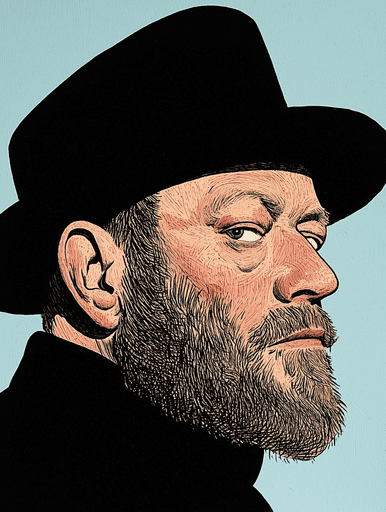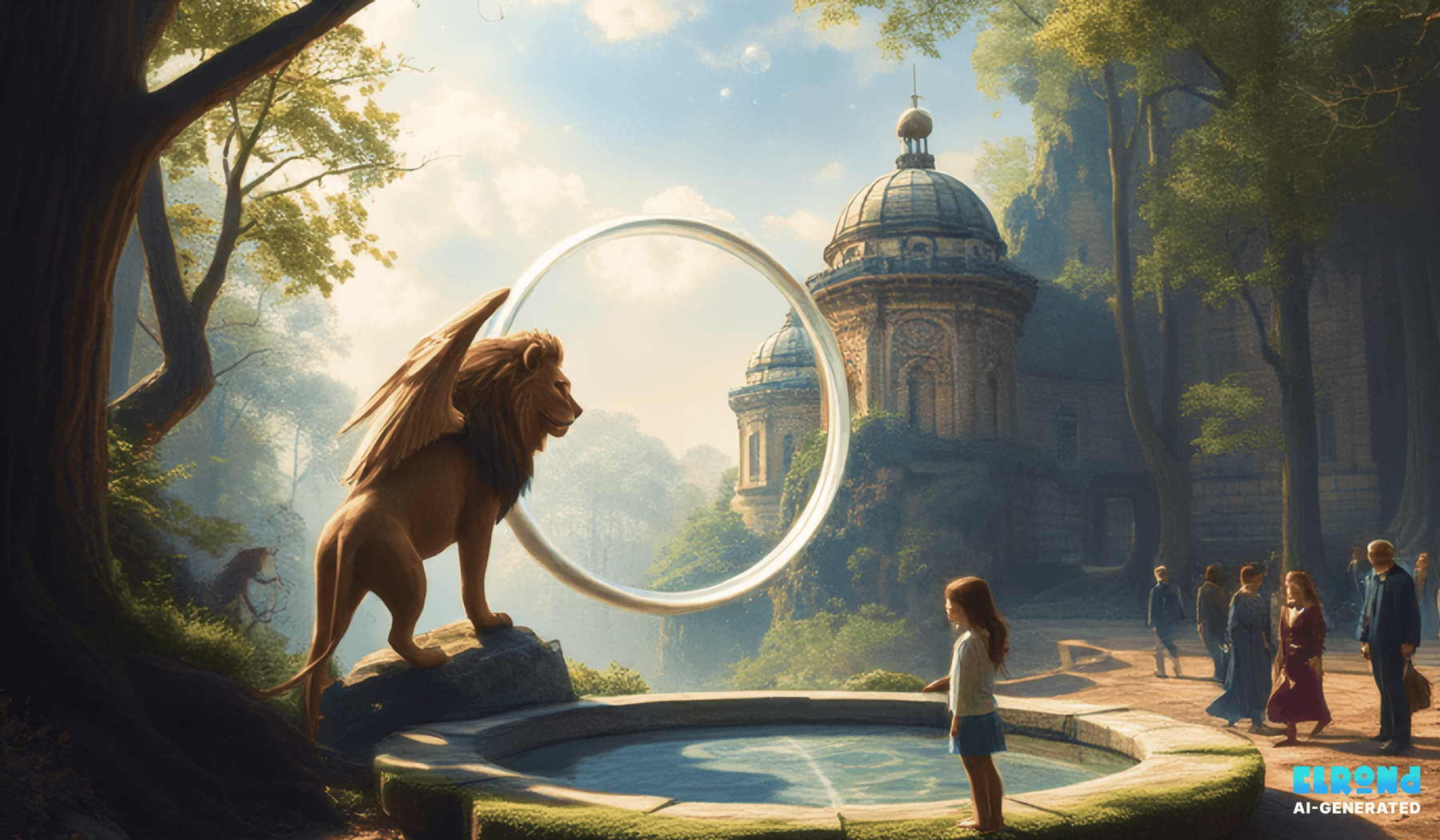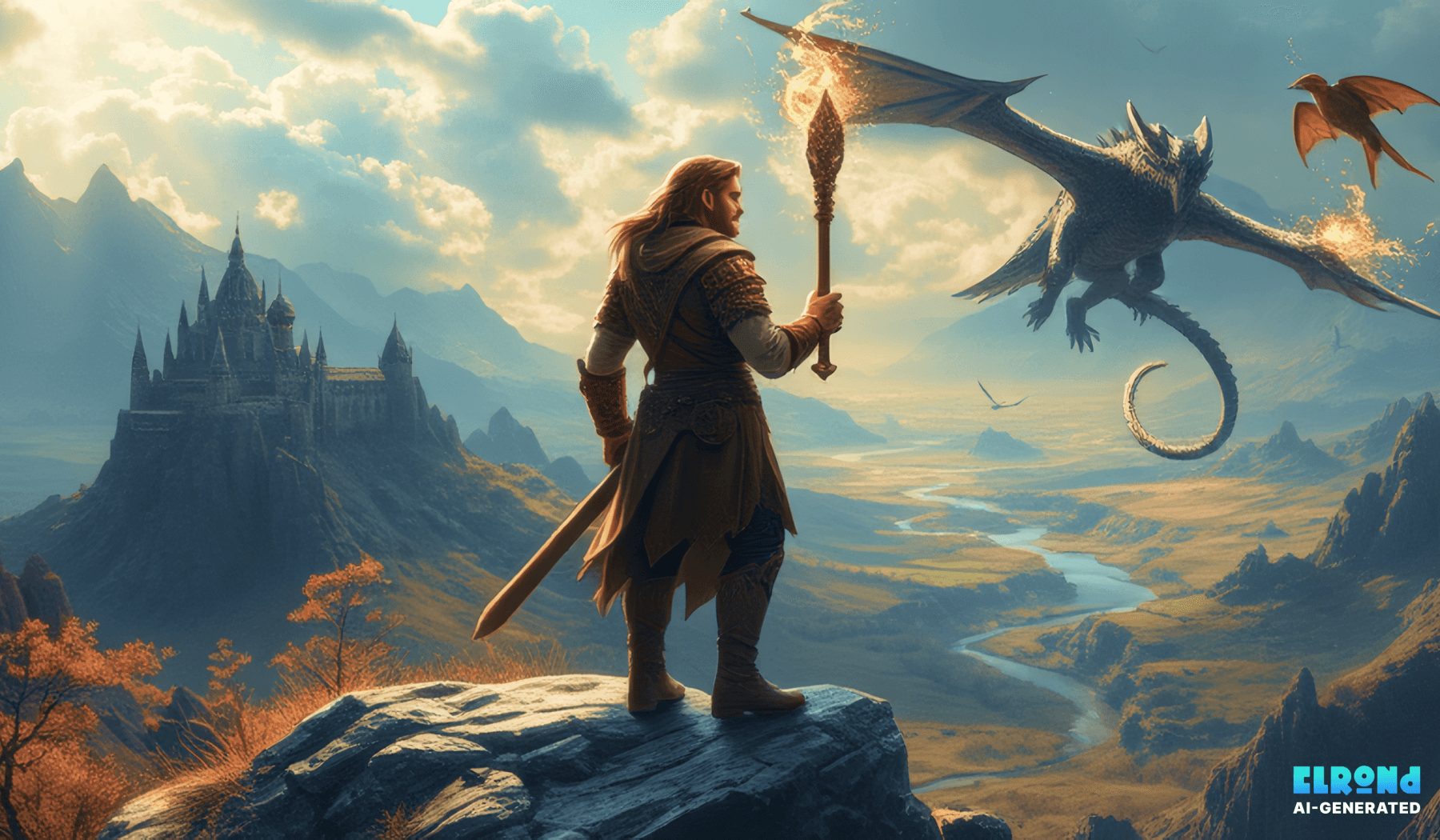Mythology weaves ancient tales into modern fantasy and magic realism, uniting the past with the present.
Mythology has been a vital source of inspiration for fantasy and magic realism, offering timeless stories that continue to influence contemporary narratives. From gods and heroes to monsters and creation myths, these ancient tales have found new life in both genres. Whether it’s the larger-than-life quests of fantasy or the subtle magic of reality in magic realism, mythology serves as a bridge between the worlds of the past and those we create in our imagination.
The Role of Mythology in Fantasy
In fantasy, mythology is often used to shape entire worlds and cultures. Many authors draw on ancient myths to create complex pantheons, epic quests, and larger-than-life heroes. These mythic elements offer a sense of depth and history to the fictional worlds, grounding them in the timeless struggles between good and evil, fate and free will.
Example: In J.R.R. Tolkien’s The Silmarillion, the creation of Middle-earth is directly influenced by mythological themes such as the struggle between light and darkness, echoing ancient narratives from Norse and Celtic mythology.
Mythology in Magic Realism: A More Subtle Influence
While fantasy tends to amplify the mythic elements, magic realism takes a subtler approach. In this genre, mythology is often woven into the fabric of everyday life, influencing characters’ perceptions, choices, and realities. The magical becomes an intrinsic part of the real world, and mythology is used to explain the unexplainable.
Example: In The House of the Spirits by Isabel Allende, the supernatural elements reflect the political and historical struggles of Latin America, incorporating mythic archetypes and symbolism to deepen the story’s emotional resonance.
Archetypes and Symbols: Universal Themes
Both fantasy and magic realism use mythology to introduce powerful archetypes and symbols. Gods, monsters, and mythical creatures often represent deeper truths about human nature, society, and the natural world. These figures transcend time and place, offering universal insights that resonate across cultures and eras.
Example: In The Odyssey, Odysseus’s journey is filled with mythical beings like the Cyclops and the Sirens, representing the dangers and temptations that all humans must face in their own personal odysseys.
The Fusion of Ancient and Modern in Contemporary Fiction
What makes the fusion of mythology with fantasy and magic realism so powerful is its ability to bridge the gap between the ancient and the modern. By incorporating mythological themes into contemporary narratives, authors can address timeless human concerns, while simultaneously exploring the complexities of modern life.
Example: In Circe by Madeline Miller, the ancient Greek myth of Circe is retold in a modern context, blending mythic elements with contemporary sensibilities to create a story that speaks to both ancient wisdom and current issues of identity and power.
Mythology’s Lasting Legacy in Modern Fantasy and Magic Realism
The enduring influence of mythology in fantasy and magic realism speaks to its timeless relevance. These stories continue to shape the ways we think about heroism, morality, and the world around us, offering insights into both our collective past and our modern identities. As both genres continue to evolve, mythology will remain a guiding force, providing depth and richness to the fictional worlds we create.


